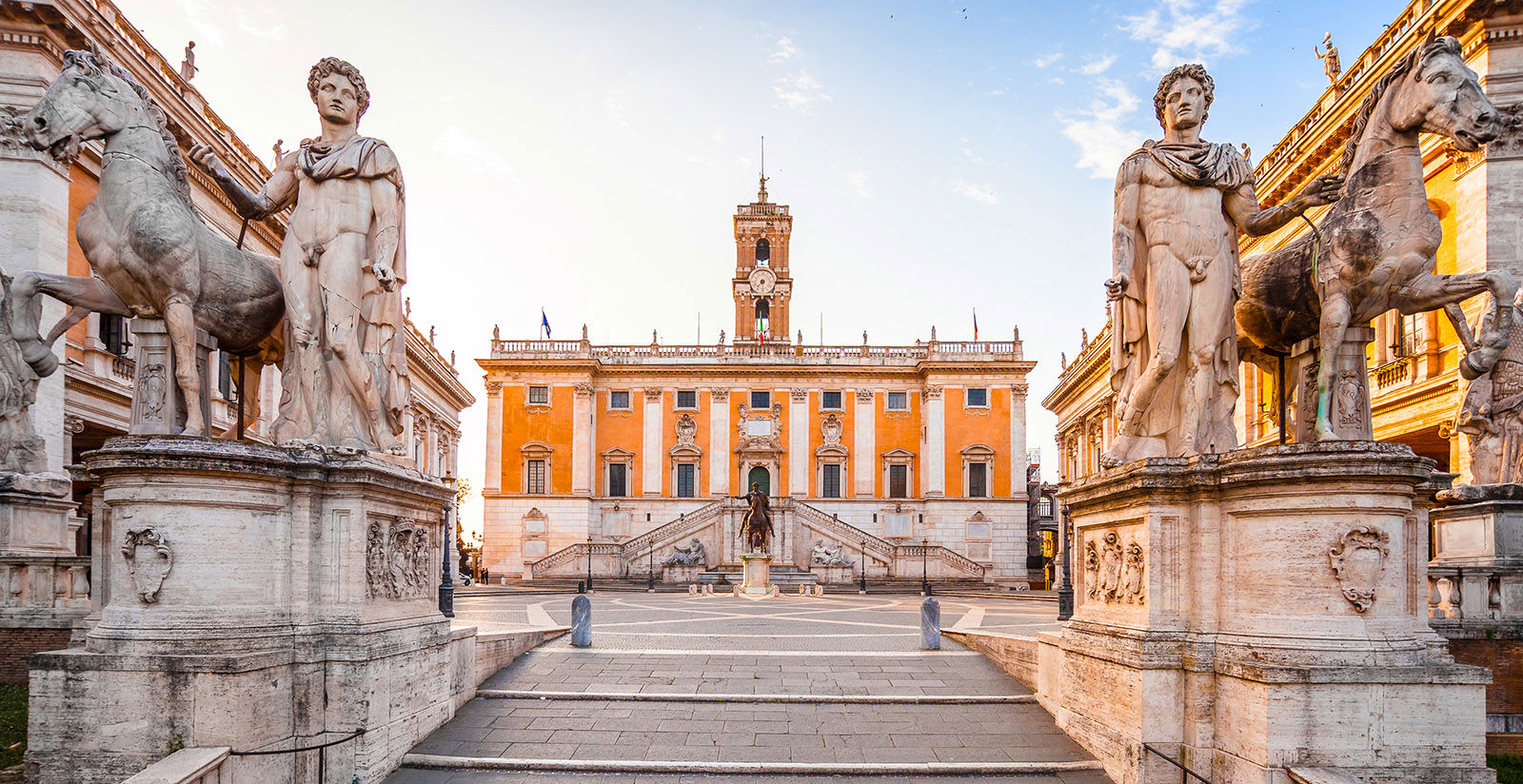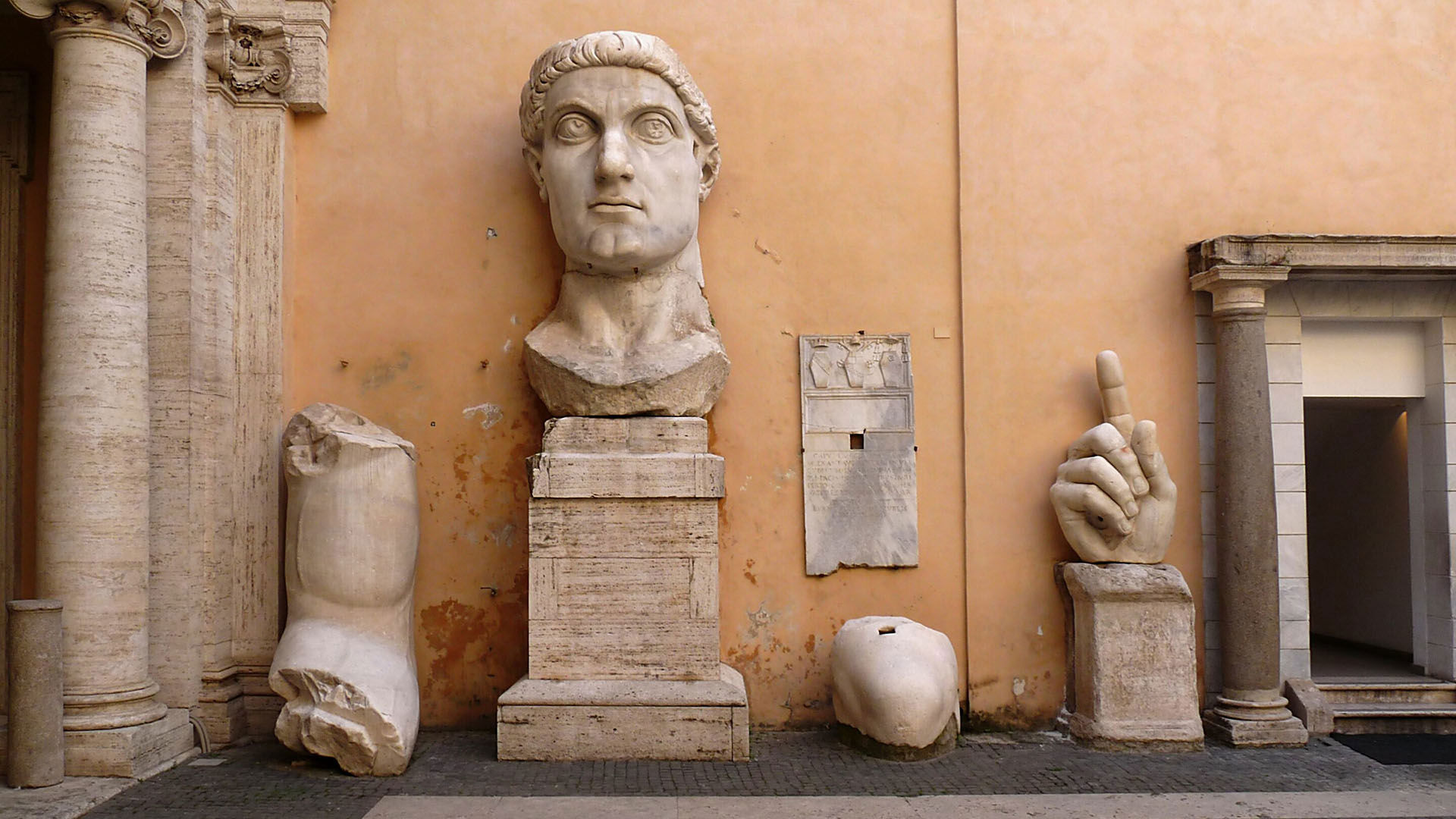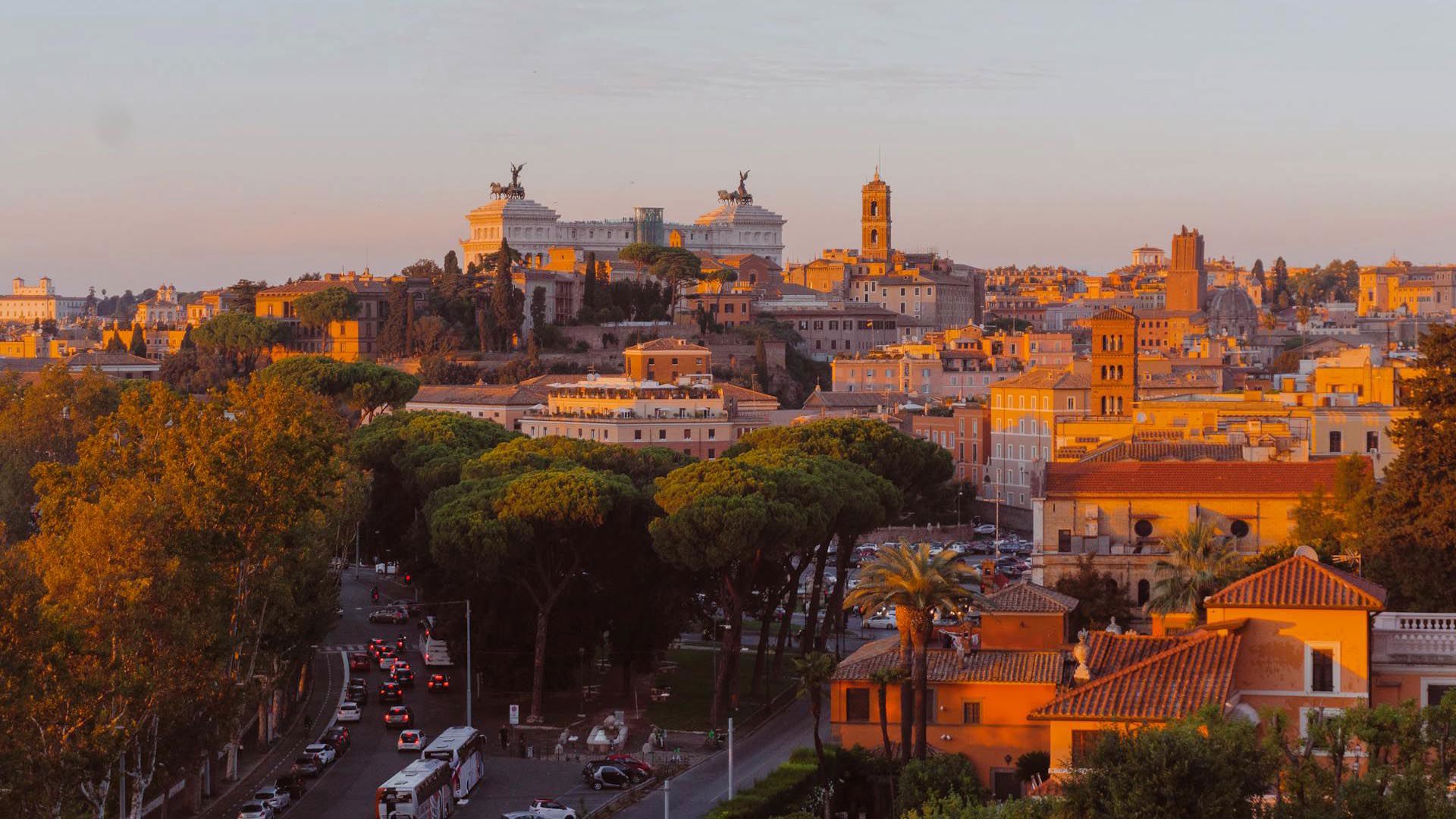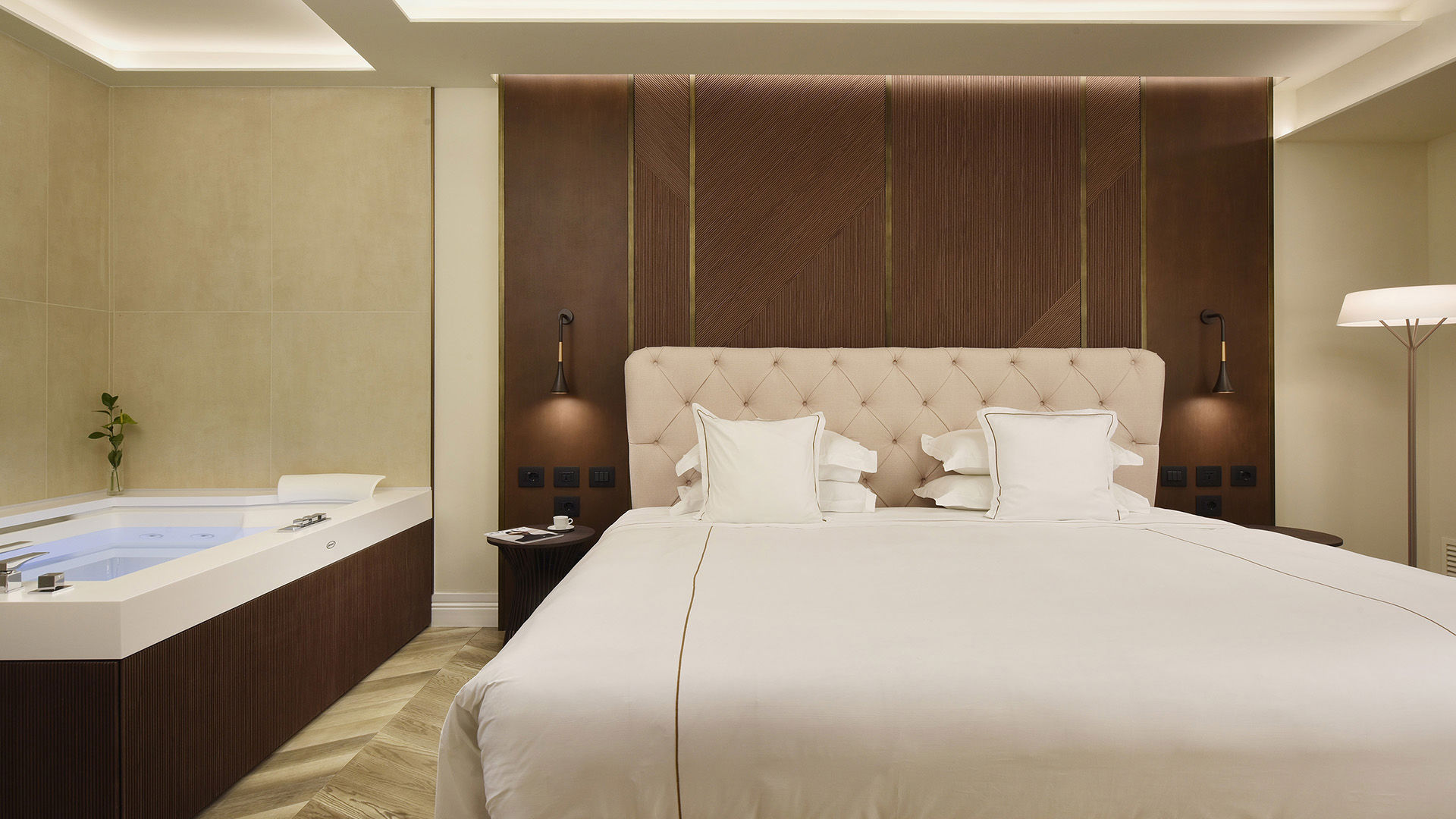Since the 17th century, the Campidoglio has been home to the Capitoline Museums, considered the world's first public museum.
The Capitoline Museums, located at the top of the Capitoline Hill between the Palazzo dei Conservatori and the Palazzo Nuovo, represent not only an artistic treasure but also a symbol of cultural democracy. Their origins date back to 1471, when Pope Sixtus IV donated a collection of bronze statues, including the famous Capitoline Wolf, to the Roman people, thus inaugurating the principle of accessibility to art that would become the foundation of the modern public museum.
Among the most famous works are:
- The original equestrian statue of Marcus Aurelius, housed in the glass-enclosed hall of the Palazzo dei Conservatori (the bronze copy dominates Piazza del Campidoglio)
- Iconic sculptures such as the Capitoline Venus, the Dying Galata, and Marforio, testimonies to the refined Roman artistic tradition
- The Capitoline Picture Gallery, on the second floor, houses paintings from the Middle Ages to the 18th century by artists such as Caravaggio, Guercino, Reni, Pietro da Cortona, and other masters of European painting
In recent decades, the museum has expanded further, integrating new exhibition spaces such as Palazzo Caffarelli, the Capitoline Coin Cabinet (dedicated to coins and gems), and the Exedra of Marcus Aurelius, created in 2005 as part of the “Grande Campidoglio” project
Today, the Capitoline Museums not only contribute to the preservation of Rome's history, but also represent a vital center of study, research, and culture: they host temporary exhibitions, special events, and educational activities, enriching the cultural offerings of the Civic Museum System of Rome.









